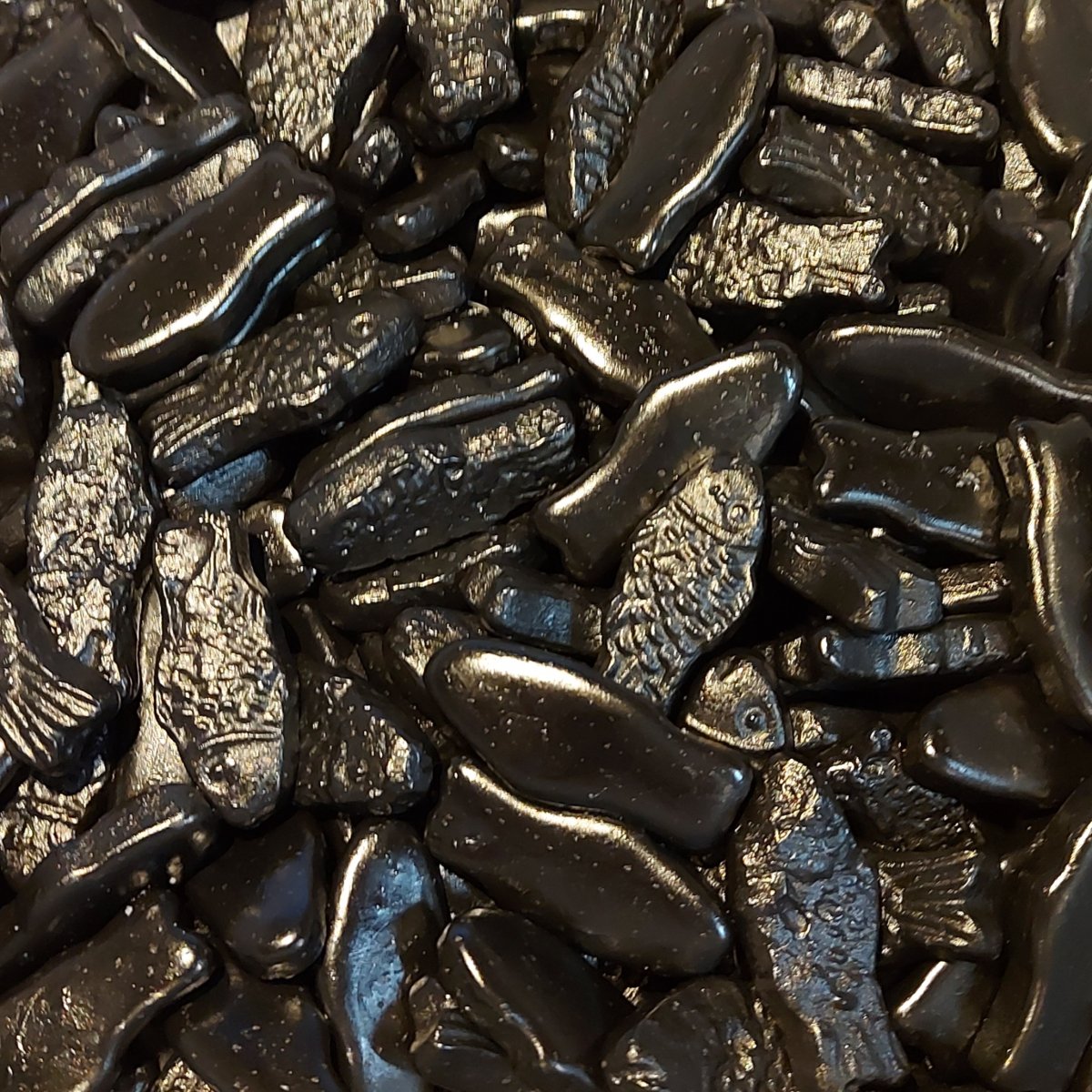Scandinavians love their liquorice!
New study find even a small dose can raise blood pressure in some people
Liquorice root (Glycyrrhiza spp.) and has been used in traditional medicine to alleviate bronchitis, gastritis, and ulceration.
The major constituents are coumarin, flavonoids, glycyrrhizic acid (triterpene saponin, also known as glycyrrhizinic acid), glycyrrhetinic acid (a triterpene aglycone also known as enoxolone), liquiritin, polysaccharides, sterols.
Glycyrrhetinic acid (GA), and its aglycone, glycyrrhizic acid (GL), are the most important active ingredients in liquorice.
Glycyrrhizin refers to the liquorice extract and not the saponins specifically. Glycyrrhizin and glycyrrhizic acid should not be used as synonyms, although this is common practice in the literature.
Glycyrrhizic acid is the principal sweet tasting compound in liquorice. It is 30 times sweeter than sucrose.
The European Union and a WHO expert committee estimate that most individuals can consume up to 100 mg per day of GA without adverse effects.
However, a Swedish survey has revealed that 5% of liquorice consumers exceed this daily limit. The Scandinavians do like their liquorice confectionary.
Increase in blood pressure is a known side effect of consuming too much confectionary or medicinal liquorice.
Excessive liquorice intake has been associated with conditions such as pseudohyperaldosteronism, characterized by hypertension, hypokalemia, alkalosis, low renin activity, and hypoaldosteronism.
GL inhibits the enzyme 11 beta-hydroxysteroid dehydrogenase type 2 (11ß-HSD) in the kidneys.
11ß-HSD catalyses the conversion of cortisol and corticosterone into cortisone and 11-dehydrocorticosterone.
Inhibition of this process leads to an increase in blood cortisol levels and pseudo-hyperaldosteronism, resulting in hypokalaemia, hypernatremia, water retention, and hypertension.
A new Swedish study investigated the impact of low-dose daily liquorice intake on blood pressure, renin, and aldosterone levels (Af Geijerstam et al., 2024).
It involved 28 healthy volunteers aged 22 to 27 who consumed 100 mg of GA daily.
The participants were given liquorice-based lozenges or a control product for two 2-week periods, with a 2-week break in between (vegan salty liquorice confectionaries manufactured by Troll-Gott Konfektyr).
The liquorice lozenges contained 29.9 ±2.0 mg/g of GA, and participants were asked to consume 14 to 15 lozenges daily, equivalent to 3.3 g of liquorice and 100 mg of GA.
The study found that GA was associated with a significant rise in systolic blood pressure during the period of consuming liquorice, as opposed to the control product. Diastolic BP was not affected in the study when comparing the intervention and control periods.
Licorice intake was associated with an increase in the systolic BP from day 5 and a continued numeric increase until day 14. Thus, it is possible that this effect could be even more pronounced after longer periods of intake.
This suppression of renin and aldosterone indicates that the elevation of the BP is due to the effect of GA to increase stimulation of the mineralocorticoid receptor in the kidneys, rather than activation of the renin–aldosterone–angiotensin system.
Neither potassium nor sodium was affected by liquorice intake in this study. Decreased potassium has only been observed after intake of more than 500 mg GA.
The study also observed a decrease in serum renin and aldosterone levels, which led to unexpected outcomes such as increased body weight and plasma N-terminal prohormone of brain natriuretic peptide (NT-ProBNP) levels in some participants.
This suggests that it is not uncommon that relatively young and healthy subjects react with release of natriuretic peptides, which is a sign of myocardial stress. These effects have not previously been demonstrated for such moderate amounts of daily intake of liquorice, which is within the range that has been regarded as probably safe for most individuals.
The study's findings are consistent with previous research that has shown even low doses of liquorice can cause a significant rise in blood pressure and a reduction in plasma renin activity, angiotensin II, and plasma and urinary aldosterone concentrations.
These effects typically return to normal levels within 1 to 2 weeks after discontinuing liquorice consumption.
In summary, the study's results and previous research demonstrate that low-dose daily liquorice intake can have a significant impact on blood pressure, renin, and aldosterone levels, leading to potential health risks such as hypertension and pseudo-hyperaldosteronism.
The GA content in the product used for this study was 50% higher than declared by the producer, which showed that GA content may vary significantly.
Thus, product labels cannot be completely relied on, and it may be difficult for consumers to know the amount of GA they consume.
This is not surprising given the products natural origins, with variations depending on geographic origin, plant age, and species.
MediHerb is one of the few companies offering a liquorice liquid extract with a known quantity of GA. MediHerb’s High Grade Licorice contains 30 mg/mL of glycyrrhizin (GA). MediHerb’s tablet formulation Adrenal complex contains 25 mg GA per tablet.
Patients with hypertension or renal insufficiency should not be prescribed formulations containing liquorice and should be advised to avoid liquorice confectionery. Salt sensitive people may also react with increase in blood pressure with smaller dosages of liquorice.
The study found that there may be healthy people who are more sensitive to the side effects of liquorice than previously observed. The study found that the most sensitive quartile of the individuals displayed increased body weight and markers of cardiac strain.
Reference
Af Geijerstam, P., Joelsson, A., Radholm, K., & Nystrom, F. H. (2024). A low dose of daily licorice intake affects renin, aldosterone, and home blood pressure in a randomized crossover trial. Am J Clin Nutr. https://doi.org/10.1016/j.ajcnut.2024.01.011
